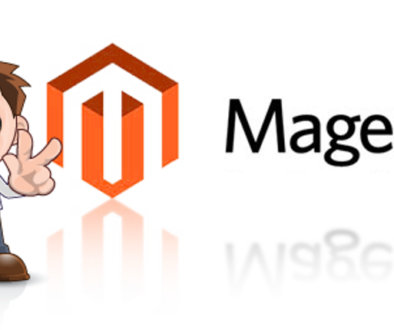Voice assistance will give e-commerce a new boost of success

Voice assistance will give e-commerce a new boost of success
E-commerce dealing has become one of the biggest online platforms on internet. While in that mean there are many more gadgets and platforms are introduced to give e-commerce a new boost and new hand in way of success.
E-commerce Voice assistance and AI has drive e commerce to a new phase of success
Conversational commerce is no longer available before 2017. Most of the customers try to interact with their platform through texting and emailing. But in that mater of the fact copying Google voice ply. Most of the brans like Walmart, package, and many other have set the voice Google conversation for their customers. This gives their business and new approach to introduce in the competitive market. Most of the people use conversational means to give brands details.
Different successful surveys to give important figures
Many surveys were held to gain figures about the user and profit margin. In an survey 24 percent of companies said that they will use voice message despite of texting. More than 50 percent of people love to use voice assistance. The number ratio will increase in future.
Perfect survey list for growing voice assistance
A recent survey from OC&C Strategy Consultants predicts that growth in the voice segment will be driven by a surge in the number of homes using smart speakers in the next four years. The study also found:
- Top tech companies lead the pack. Three tech giants lead the virtual assistant AI space in the United States: Amazon’s Echo, operating in 10 percent of U.S. residences; Google’s Home, in 4 percent; and Microsoft’s Cortana, in 2 percent.
- Young consumers opt for smart speakers. Owners of the devices skew younger and tend to be more affluent, and also are more likely to have children.
- Voice-based purchases tend to be for stand-alone, lower-value items. The three most commonly shopped categories through voice are commoditized: groceries (20 percent), entertainment (19 percent) and electronics (17 percent). Clothing ranked fourth at 8 percent.


